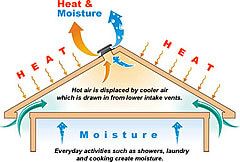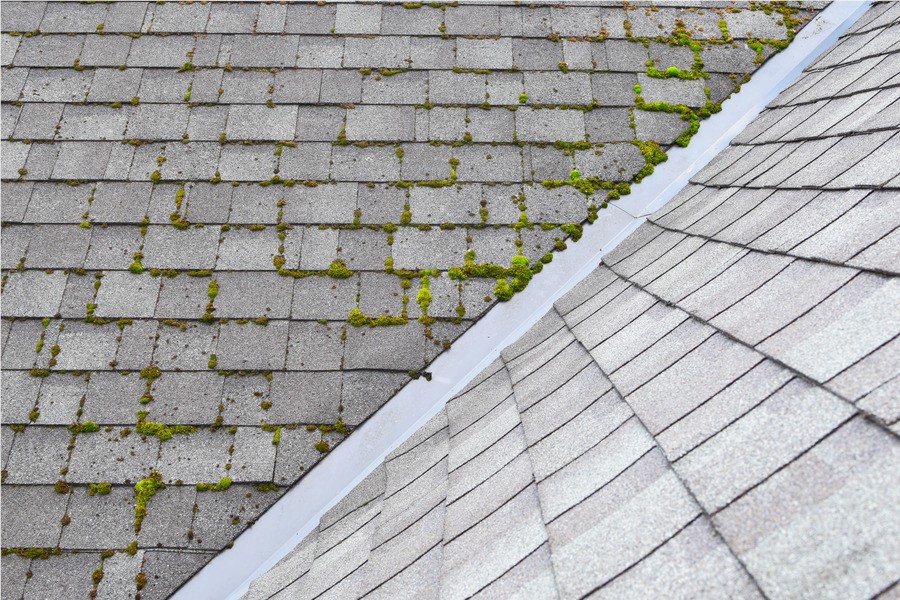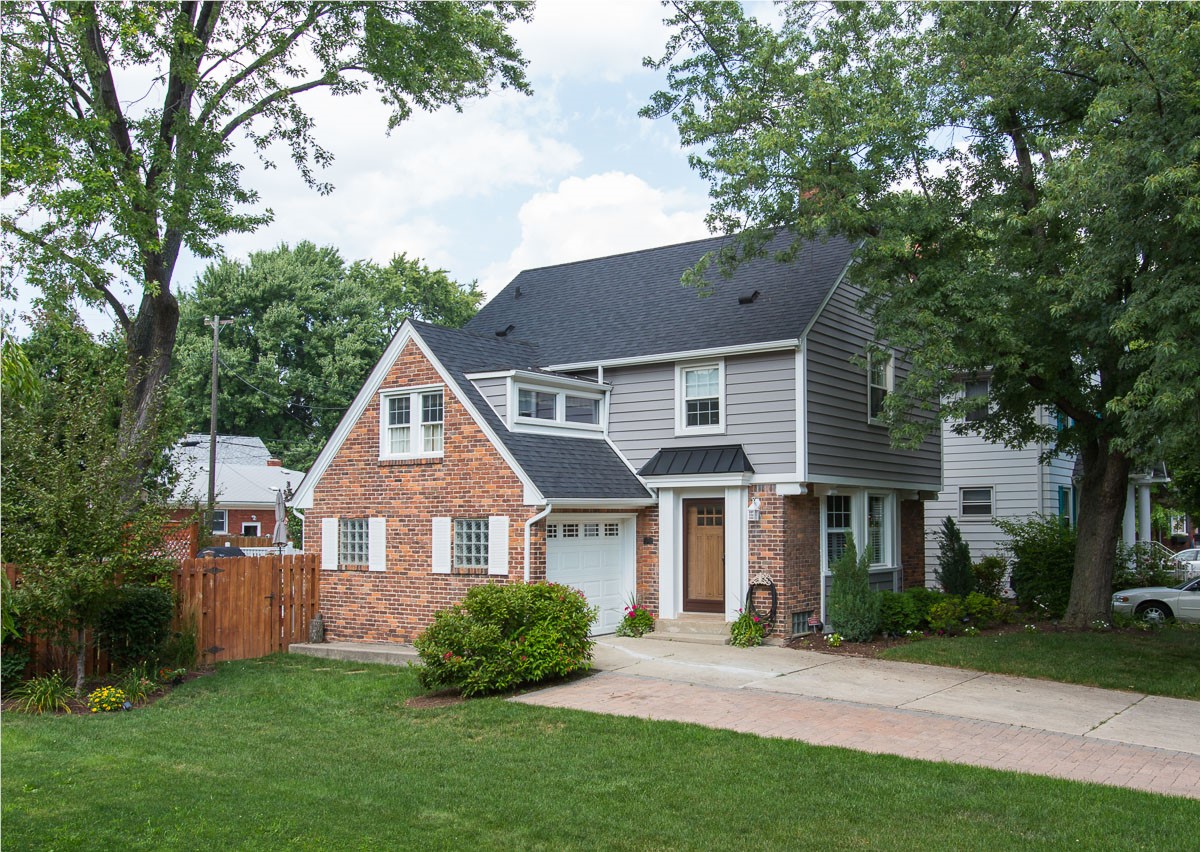Saving Energy With Better Windows
If you’re looking for new ways you can make your home greener, we recommend starting with your windows and doors!
Aside from letting light in, your windows and doors play an important role in your home. They are essential to protecting your house from excess heat in the summer and keeping warm air in throughout the winter, thus maintaining the proper temperature within your home. Replacing old, failing windows is a great way to be more energy efficient.
Why invest in new windows? Aging, cheaper windows lack multi-chambered, fusion-welded frame construction and often lead to air infiltration, lower overall energy efficiency, and eventual structural failure. With Feazel, we provide windows at different price points based on your needs. You’ll get not only increased strength but noticeable savings on your energy bills. Our windows can save, on average, $101-$538!
Energy-Efficient Replacement Window Options
Through our partnership with Pella®, we offer exquisitely crafted windows in a variety of materials. Pella®’s InsulShield® glass collection offers many innovative choices to help increase efficiency and decrease your energy bill costs. Pella® windows offer energy-efficient options that will meet or exceed ENERGY STAR® certification across all 50 states.
New energy-efficient replacement windows will not only save you money on heating (and cooling!) bills, but they will also improve the comfort, style, and beauty of your home. If you are considering installing new energy-efficient replacement windows, winter is a good time!
Our windows will help make sure your HVAC system won’t have to work overtime to keep your home’s temperature consistently comfortable. This will ensure that you aren’t overspending on heat and A/C. We can even provide you with a window quote in less than two minutes to help you understand the potential cost of upgrading your windows.
Replacement Windows: How Long Should They Last?
Replacement windows, after all, are a big investment, so most homeowners want to make sure they get the right windows the first time – and that they’ll last for years to come. If you have an older home and you’ve never replaced the windows, it might be a good time to start investigating.
So, how long should replacement windows last?
Depending on the age of the windows and the materials you choose for your new replacement windows, they should last two decades – at least. Vinyl windows are generally durable and stand the test of time, with window manufacturers generally offering warranties of at least 20 years. If you cut corners and get a cheaper window made of lesser materials, you might not get even half that amount of time, however.
You’ll have to maintain even high-quality replacement windows and windows that are exposed more to heat and sunlight can deteriorate quicker, as can windows that are in areas with moist air, like a bathroom.
Fiberglass windows might last a bit longer than vinyl windows but come with a bigger price tag. And wooden windows can last even longer, but require a lot of routine maintenance and care.
Depending on what kind of window you purchase, you might qualify for a tax deduction from the government. Getting new, energy-efficient windows that are Energy Star rated can mean less of a tax burden. We call that a win-win.
Questions To Ask Before Purchasing Replacement Windows
As you prepare to start the search for a reputable contractor to install your new replacement windows, you might be wondering what questions you should ask to get the best windows for the best price.
When shopping for new replacement windows, there are a few things you need to ask of any prospective contractor.
Warranty
New replacement windows aren’t cheap and they should come with a rock-solid warranty to help you protect your investment – and insure that you will be happy with your choice.
There are different kinds of warranties depending on the contractor and the new window replacement manufacturer, so make sure to ask what’s offered.
Durability
Getting new replacement windows is a big investment and you want to make sure it lasts! So, make sure the type of window you are shopping for is going to go the distance in your home. There are many different options, materials, and new technologies to consider, so ask which is the best option for you – for the budget you have!
Reputation
When you are hiring a contractor to replace your windows, you want to make sure you are hiring someone who will not only do the job correctly but will be around for the long haul to help you, should issues arise with your new replacement windows.
Do some homework! Ask for referrals, check the Better Business Bureau and read reviews. And make sure you hire a fully insured and licensed contractor!
Style
Of course, you want your new windows to be efficient and work correctly, but you also want them to LOOK good, right?
It’s a great idea to talk to your contractor about matching your new replacement windows with the current style and feel of your home. Take a walk around your neighborhood, too. See what others are doing and get a feel for what looks good and what is on-trend.
Window and Door Maintenance: Tips From Feazel
Keeping your home comfortable is just as important in summer as in winter. Make sure you are keeping up with window and door maintenance to maximize your comfort and minimize your air conditioning bills. Although it’s easier to detect cold air leaking through windows and doors in the winter, it’s easier to apply caulk and weatherstripping in the summer, says Feazel expert Steve Wilson. Not to mention it’s more pleasant to have doors and windows partially open while sealing them when blasts of arctic air aren’t blowing in!
Tip #1: Air Circulation is Key to a Healthy Home

Before you make your windows and doors airtight, make sure your house is able to “breathe” in the recommended ways. That means, rather than air leaking through various weak spots, the air is circulating through your home in a strategic pattern, ensuring your attic does not become overheated and your roofing ventilation is working properly. If you aren’t sure, contact Feazel for a free inspection.
Tip #2: Seal Any Gaps
Identify the moving parts and the non-moving parts of your doors and windows. Obviously windows and doors and meant to open and close. But there are also joints and intersections where the doors and windows were installed in the house, and sealant in those areas can dry out or become dislodged. Make sure to understand the difference between cracks in door frames and window frames versus leaks in the seals on the moving parts when windows and doors and closed.
“Close your doors and windows and check if you can see daylight around it,” says Wilson.

Wilson says some homeowners think they have a leak, but really they have windows that are hard to close. Especially with double-hung vinyl windows (where the top half of the window can slip down), latches can be pushed to the “lock” position but the window is not fully closed. This means the window is not locked and is also letting in outside air.
If you struggle to close and lock your windows, call Feazel for an estimate on new windows.
Tip #3 Window Coverings and Thermal Curtains Can Curtail Winter Drafts
Window coverings or thermal curtains are a cost effective way to reduce heat loss through the winter months. While these products may provide a respite from cold winter drafts, it isn't the best long-term solution. Feazel offers financing options for window replacement so that you can get the windows that are best for your home.
Tip #4- Use Caulking to Seal Any Gaps or Openings Around Your Windows
Wash around the edges of windows and doors. All sealants have adhesive qualities and perform much better when they can stick fully to the surface, rather than having the adhesive bond interrupted by particles of dirt and dust.
Apply caulk to the non-moving areas that need to be sealed, where the door frames and window frames meet the walls.
http://energy.gov/energysaver/articles/caulking
Tip #5 Replacing Weatherstripping is Common and Can Reduce Draftiness

Determine the correct weatherstripping for each type of door and window in your home, and apply it carefully. Energy.gov has a detailed table for determining the type of weatherstripping appropriate for each situation.
Weatherstripping should be applied to a clean, dry surface when the temperature is not freezing. That makes summer an ideal time for window and door maintenance. Use a thickness that causes the weather stripping to compress when a door or window is shut, without being so thick that it doesn’t allow latches and locks to work properly.
When replacing weather stripping on your door, make sure your door can swing freely over carpet or rugs once the weatherstripping is affixed. The gap between the door and the frame can have sealant that may deteriorate over time which may be worth an inspection if you are replacing the weather stripping at the bottom of the door. Sometimes the door weatherstripping may be referred to as a door sweep.
You can find a wide variety of weather stripping at your local hardware store.
Feazel has nearly 30 years of installation experience. We offer a wide variety of high-quality materials to suit your style and budget, and we guarantee a perfect fit and finish. Contact us today to learn more about replacing your windows with us.
Tags
Subscribe to Feazel's Blog




Comments